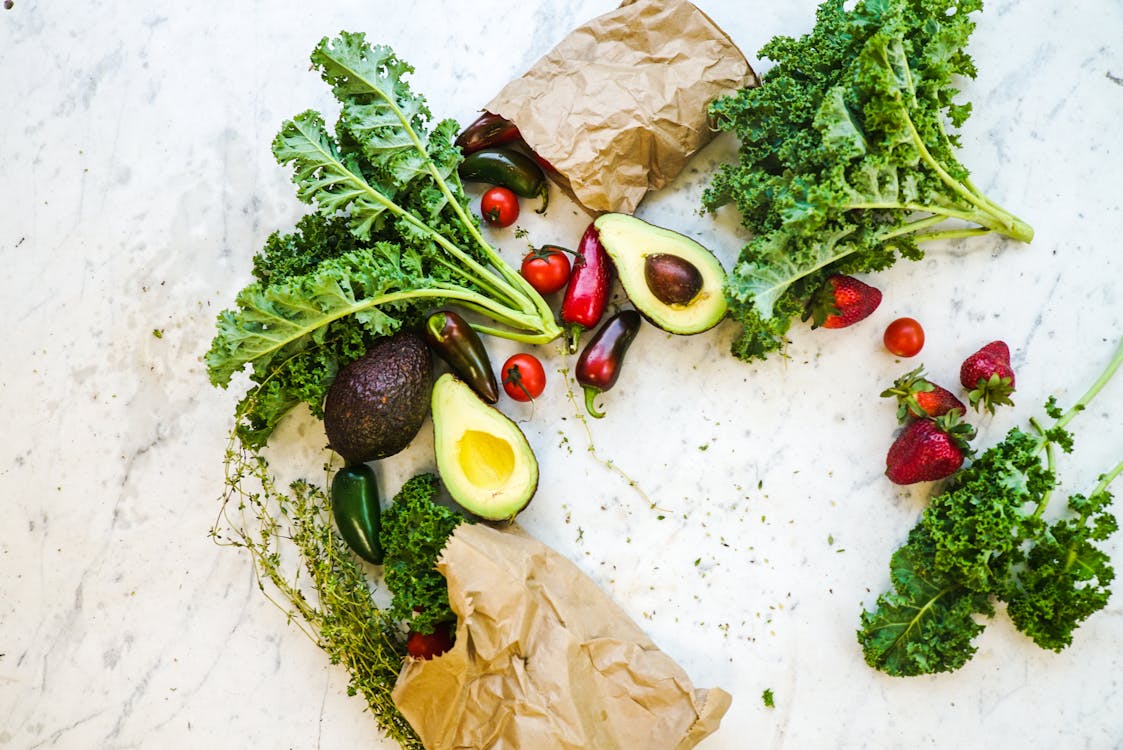An Unbiased View of Easy Vegetables To Grow All Year Round

Did you even understand that you can purchase a veggie bed? It is developed for individuals who lack a large garden, or maybe only have a balcony, and may be doing not have the mobility or undoubtedly the time or the energy to dig a bed. With a vegetable bed you can end up being green-fingered without a lot of the tiring inconveniences of routine gardening - once you assemble your bed, veggie growing ends up being surprisingly simple.
Current studies have proven that even organic vegetables purchased in stores have greater levels of anti-oxidants and minerals. Growing your own vegetables is remarkably uncomplicated.
Why utilize a veggie bed?
Whether you're thinking about growing your own vegetables to save money, improve your self-sufficiency, or grow rarer vegetables, opting to buy a self-contained vegetable bed offers numerous more benefits:
Grow vegetables even if you have a little garden or just a terrace
Guarantee good quality natural soil and avoid clay, stones or sand destroying your garden soil
Different your vegetables from garden weeds
Control the garden compost, fertilizer and pesticides that reach your natural produce
Change the bed position based upon weather
Harvest more produce in the exact same space as pathways can be narrower
Enhance drain
Plant earlier as the soil is warmer
End competition from neighboring trees for nutrients and water
Depending on the height of your bed, you may not need to bend down to tend to vegetables
Some vegetable beds are even attractive additions to the garden
It's a pleasurable and academic household activity if you have young children
Gain a remarkable sense of self-satisfaction even if you're not the greatest fan of gardening!
Growing Guide
Start out with simply two or three veggie types. Keep it little at very first and within a couple of years you'll have the self-confidence to gather more and more and quickly you will be taking huge actions towards self-sufficiency.
The Fundamentals
Find the warmest and sunniest part of your outside space. If it is all shady, you can still grow however only particular vegetables will prosper, such as lettuce and peas. If possible, shelter your vegetable bed from strong winds. As soon as you're set up, utilize top quality seeds. These are normally economical and you can store those that you do not use for the following year.
Planning
Planning is crucial if you're brand-new to veggie growing. Consider the area you have, your preferred vegetables, which vegetables will conserve you most cash, what time of year they grow, which might taste considerably better organic and which you'll use one of the most. This may look like a lot to think about, but as long as you start little, your vegetable bed will soon become easy to manage. Some ideas for the vegetables to start with are: Cucumber, Lettuce, Parsley, Spinach, Carrot, Dwarf and French Bean, and Tomato.
More Tips
Most planting takes place from March to May. Nevertheless, if you are using seeds, begin a minimum of 10 weeks before planting
Consider protecting your vegetables - in cans or the freezer - for winter months
Watering
The top of the soil need to constantly feel moist to the touch, although never damp. Normally speaking, water every couple of days, although this will considerably increase in hotter spells. Water at night or early in the early morning if you can as the roots will take in more, and never water in the middle of a hot bright day as much of the water will evaporate.
Considering seasons
The benefit of supermarket-shopping has actually triggered us to forget the vegetables seasons - something that is essential when it pertains to growing your own.
Broadly speaking, you can divide the seasons into cool and hot.
Cool season crops should be planted in early spring whilst weather is still frosty, and gathered by mid-summer. They include radish, brussel sprouts, lettuce, peas and cauliflower.
Hot season crops need to be planted in mid to late spring, when there is no threat of frost, and collected in early autumn. They include tomatoes, aubergines, cucumbers, peppers, squash and corn.
There are 2 kinds of plant: seasonal - any plant with a life span over three years, and annuals (bedding plants) - a plant that finishes its life process in one year. Most vegetables fall under the latter of these classifications. Perennials include asparagus, artichoke and rhubarb. Although perennials may need more time, they are often more trusted and a good long-lasting investment.
Seed bundles will usually tell you when to plant and for how long till harvest. The BBC offers specific guides to growing dozens of vegetables. Also see the Royal Horticultural Society for some in-depth guides.
Top Tips
Once you fill your veggie bed, allow the soil to choose 2 weeks before planting
Rake the soil level so this page that there are no low spots where wetness can collect
Think about a wormery or garden compost bin for highest quality compost and terrific soil without fertilizer
Collect your rainwater for drier periods with a water butt
Seeds and seedlings are extremely delicate. Always guarantee soil is kept damp during these stages
Selecting your vegetable bed from a baseless bed that will add soil depth, permitting deep-rooted vegetables such as carrots, to a raised bed which is best if you have actually restricted movement. These beds truly do make home growing easy.